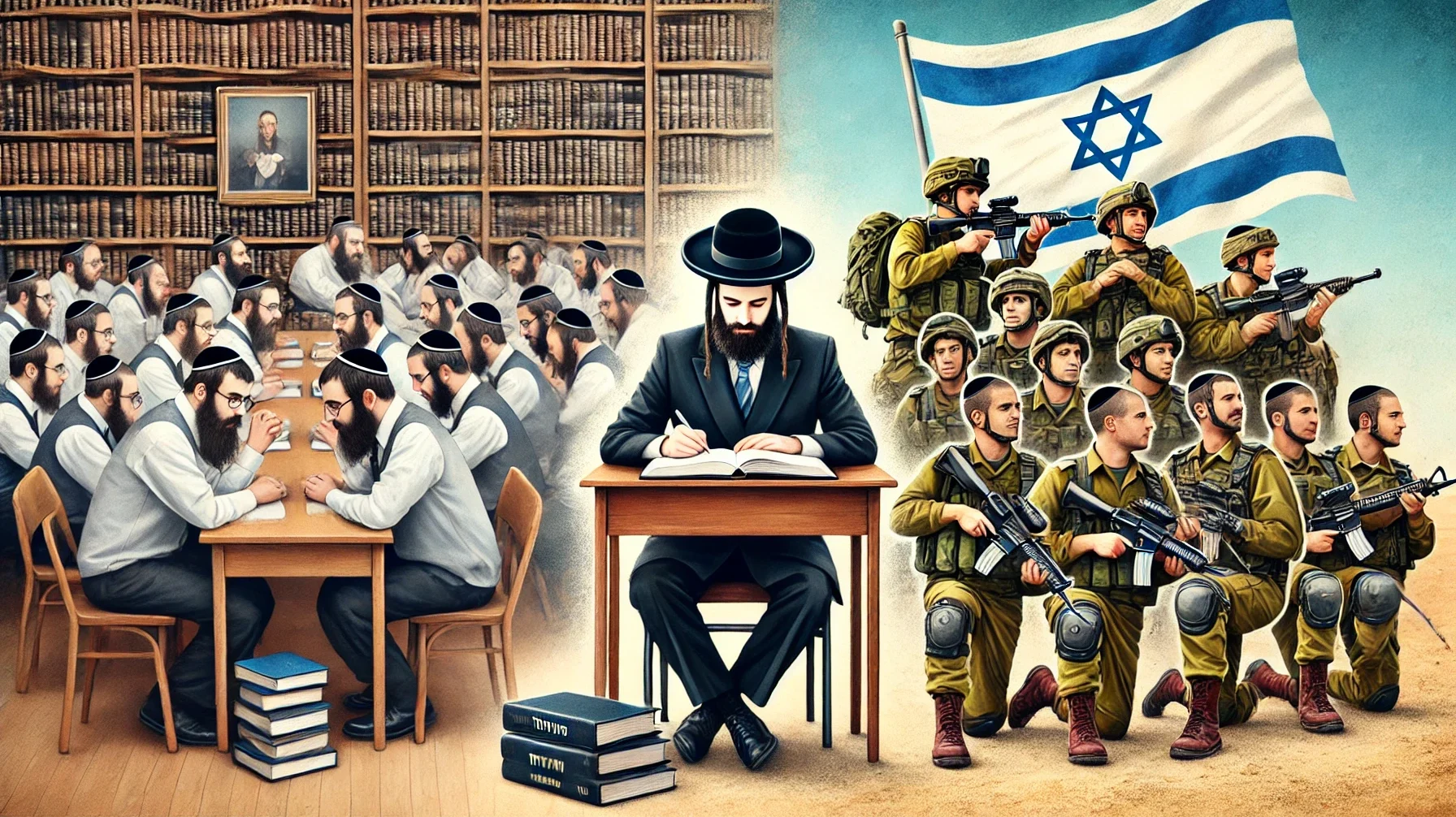A New Era for Judaism and Israel Is Upon Us
Maariv, Israel, June 28
The Supreme Court’s ruling concerning the recruitment of Haredi students and the discontinuation of funding for yeshivas whose students do not enlist in the IDF could mark the beginning of a transformative era in Judaism, a historical shift that I believe is long overdue. The prophets’ admonitions against the people for not fulfilling the Torah’s commandments paint a picture of a time during the prophets and kings. The Jewish people led a royal life in their homeland, with most of their holidays embedded in strong agricultural traditions. Parallel to this, there was religious worship led by priests, often in opposition to the kings, centered around the Temple. This represented the first era of Judaism following the settlement in the land of Israel. Following the destruction of the Second Temple, a new chapter in Judaism unfolded. Rabbis replaced the priests, and learning and interpretation replaced sacrificial worship. This era brought us figures like Hillel and Shammai, Rabbi Akiva, and others, amid national efforts to regain sovereignty under Greek and Roman subjugation. Following the redaction of the Mishnah, the Amoraim period began, characterized by the composition of the Babylonian Talmud in Babylon and the Jerusalem Talmud in the Galilee—contemporary interpretations of the Mishnah. This period, spanning approximately 400 years, saw the emergence and solidification of the yeshiva world, which became the vanguard of Jewish scholarship and leadership. During the Middle Ages, the yeshiva world migrated to Europe, adapting to the local way of life. While an elite few devoted themselves entirely to study, many pursued livelihoods while maintaining a religious lifestyle. This world suffered devastation during the Holocaust but continued to exist within ultra-Orthodox communities in the United States and has seen revival and growth in Israel. Historically, the founding of the State of Israel is often compared to the rebuilding of a destroyed home and the end of exile. The genuine “restoration of the crown to its former glory” is the re-establishment of the Jewish people’s national life in their own country, leading an independent state and cultivating Hebrew culture, with religion becoming just one aspect of Jewish life here. The initial exemption for a few yeshiva elites, granted by Prime Minister Ben-Gurion, turned into a deluge during Prime Minister Begin’s era. Ultra-Orthodox leaders have exploited this concession, turning it into a means to exempt tens of thousands of young men, many of whom are unqualified or unwilling to study, from military service, allowing them to live off charity, preserved as a political force by ultra-Orthodox businessmen. The recent conflict has revealed that our strategic situation was graver than we recognized. However, this reality failed to penetrate the consciousness of yeshiva leaders and ultra-Orthodox cronies, who prioritized maintaining their power and religious ideology over Israel’s security needs. The Supreme Court has now confronted them with this reality. The ruling implies a significant historical statement: the value of Torah study is secondary in a nation fighting for its survival. From a historical perspective, the Court has thus initiated the third era of Jewish existence, where the world of Torah reverts to its appropriate dimension, as a secondary component within the state’s life. As an atheist who frequently discusses the end of Judaism’s historical role as a religion, I welcome this development. The yeshivas will undoubtedly resist the change, but making sanctions personal and cutting off state aid to draft evaders will help address this issue effectively. —Mishka Ben-David (translated by Asaf Zilberfarb)
This holiday season, give to:
Truth and understanding
The Media Line's intrepid correspondents are in Israel, Gaza, Lebanon, Syria and Pakistan providing first-person reporting.
They all said they cover it.
We see it.
We report with just one agenda: the truth.



